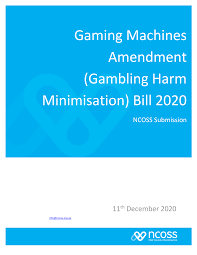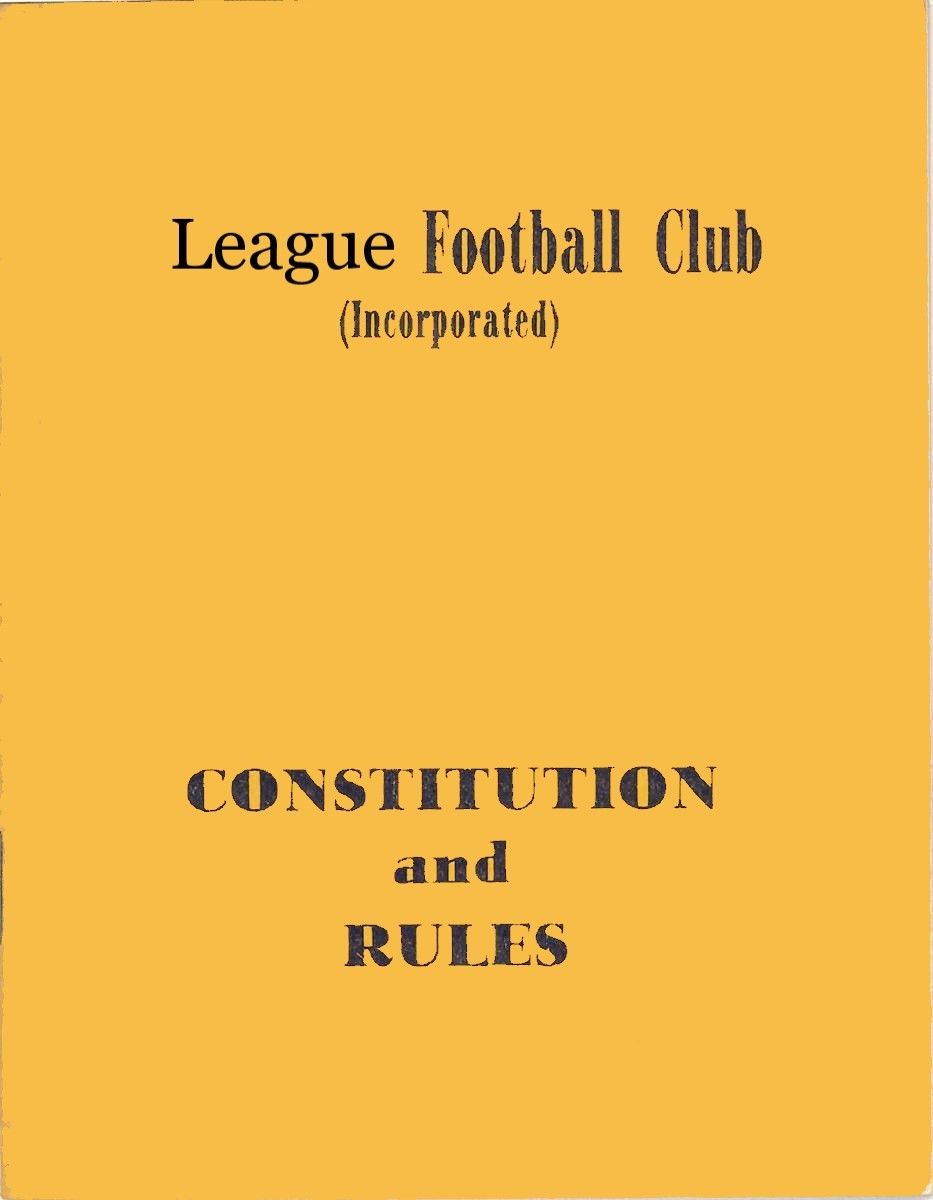Amalgamation – Green Flag or White Flag?
Four years after COVID hit, are we seeing the same aftermath as four years post GFC? Alan Kohler, the ABC’s Finance guru raised the question in the first year post the 2020 COVID pandemic, somewhat predicting that the most post COVID insolvencies might come four years later. The bulk of post 2008 GFC insolvencies occurred in 2012 and here we are in 2024 with insolvencies on the rise.
Australian Securities and Investment Commission (ASIC) data supports this projected outcome with a 36.2% increase in External administrations (7,742 companies) for the period 1 July 2023 – 31 March 2024, compared to the previous corresponding period. Of these, accommodation and food service industries accounted for 15.2% (1,174 businesses). Some of these have been clubs and many clubs have waved the White Flag, looking to amalgamate with other club to save their local failing operation, thereby avoiding being counted in these stats.
In NSW, under the Registered Clubs Act 1976, amalgamations can occur between clubs with similar objects and initially preferring clubs within a 50 km radius of the amalgamating child club. Not all amalgamations are for a white flag club to survive. Many amalgamations have occurred between a really strong, large club and a smaller less powerful club, looking to grow business for both the amalgamating parent club and the child club.
Amalgamation options – Growth or Survival
As indicated above, the first thought that most people have when they hear the word amalgamation is – another one bites the dust. Another small struggling club has raised the white flag to have a large, stronger club step in and under-gird their operations, yet in the past few years, due to ongoing industry consolidation, many amalgamations have been initiated by a large, financially viable club, looking for growth opportunities outside it’s immediate area of operation.

Growth
One strategic growth option for strong, financially viable clubs is to amalgamate with a smaller club that operates in a different area to it. In a Green Flag amalgamation, the Expression of Interest (EOI) is offered by a strong club looking to join forces with a smaller club to grow their organisational size. This extends the parent club’s area of operation and grows the marketplace in which it operates, providing access to more members, patrons and the associated cashflow. The nett result for the parent club is an accumulation of a larger asset base and revenue stream, that allows it to provide even greater support to its community.
Remember that clubs are formed by communities to provide products, services and facilities to serve the needs of their communities. Whilst not effectively shareholders, members own their clubs and expect the club to meet their needs for food, beverages, entertainment and relaxation. The larger the club, the greater the cashflow, and when managed profitably and sustainably, that club returns the support of the members and community with enhanced and increased products, services and facilities.
A strong and profitable club can reach market saturation in their local community, which can limit its ability to grow further, to provide wider community support. An amalgamation is a very effective way to grow the revenues and reach of a club, similar to corporate mergers and acquisitions, when a company wishes to expand it’s operations and generate more revenue and profit.
Of course, unlike corporate for profit entities, where surplus income (profit) is often distributed to the owners/shareholders by way of dividend, not-for-profit entities like registered clubs, reinvest this surplus income in the community – through charitable donations to those in need, improved or additional facilities (sporting or social) to meet community need or the purchase of diversified businesses offering ‘non-core’ products or services to the club’s community.
Growth through amalgamation often allows smaller communities to gain the benefit of the larger parent club community’s financial strength to really revitalise the smaller club. The small club may be financially viable but limited in its ability to truly grow and provide those enhanced services to their community. Supported by the parent club, the child club can stretch it’s wings and really fly with the additional financial support, the benefit of the parent club expertise, often improved systems and operational procedures and access to training that can really lift the performance of the staff, where they may not have been able to access that previously.
Overall, the outcome of a Growth strategy amalgamation is invariably improved performance, and in turn community benefit, for all the clubs in the group. Legislation does limit the total number of clubs in an amalgamated group to ten (10), as in the past, some groups became too big, unwieldy and through eventual loss of control, imploded and some clubs were lost.

Survival
Sadly, despite an often long term viable history, clubs can run into difficulty and find themselves in a position where, in order to survive and continue to service their community, they need to raise the white flag for help. Good corporate governance is a key here, where the well educated directors can see the writing on the wall and take steps to avert disaster. Signs that things are not going well are usually many and easily identifiable for any board that truly has its finger on the pulse of the club.
When accurate information is provided to the board at their (usually) monthly board meetings, the trend of revenue and / or profit decline can be tracked. Liquidity ratios (debt to equity), the calculated EBITDARD (earnings before interest, taxes, depreciation, amortisation, rent and donations) along with cash on hand and projected cashflows, can add up to provide a clear picture of a club’s decline in viability. When a club starts to regularly eat into cash reserves, driving a decline in members’ equity, then the alarm bells should start to ring.
Directors and managers should also be talking regularly to the club’s accounting firm and discussing likely timeframes for making a call, to avoid the club running into a position of insolvency (where the club is not able to pay it’s debts, as and when they fall due). When all tactical options have been implemented and the business is still not turning around, the bravest directors know that they need to ask for help and do. Rather than trying to avoid losing the club on my watch, which is often how amalgamations are perceived, smart directors understand that an amalgamation will more usually result in the salvation of the community’s asset(s) and ensure ongoing viability.
It is important to note that the earlier you recognise the signs and start the process, the better the likely outcome. Whilst you still have some cash, assets and members equity, you have something to offer the amalgamating partner, and so will be a more attractive option for them to consider. Once you are on your knees, with no cash, large debt and reduced member equity and maybe minimal viable assets, you become a far less attractive option for an amalgamation.
There are also legislated conditions around the length of time an amalgamating parent club must maintain the child club assets and operations, before they can be sold or terminated. However, the later you leave it to start the process, the closer to insolvency your club is, the shorter the timeframe the parent club has, and the bigger the investment will be, to turn things around.

Amalgamation Process
Whilst the amalgamation process in detail is a topic for another day, it is important to note that the Registered Clubs Act and Regulations provide specific guidance on how amalgamations should proceed. Briefly, when a club is seeking an amalgamation, either for growth or survival the procedure is:
x The club issues an Expression of Interest (EOI) for an amalgamation partner
x EOI’s are received and considered
x For the club(s) that you wish to consider, a Memorandum of Understanding (MOU) is agreed, to allow both/all parties to conduct confidential due diligence (MOU’s can be signed with more than one party, to allow the amalgamating club to select the most beneficial partner)
x Once the due diligence is completed, offers are made and the boards of the clubs make their decision as to who they wish to amalgamate with
x The successful partner clubs then inform their members of the intention to amalgamate and, with at least 21 days’ notice, convene a general meeting for the members to vote on accepting the offer and proceeding to amalgamation
x Provided both club’s members approve the amalgamation, the amalgamation can proceed, however if either club’s members vote against the amalgamation, the amalgamation fails
Two important notes to remember in either the growth or survival amalgamation process –
1. Just because you receive an EOI and proceed to an MOU to conduct your due diligence, does not compel you to amalgamate with that partner
2. The process, even if conducted with speed and great cooperation, will take a minimum of six (6) months and can drag out up to eighteen (18) months, so the earlier you start the process the better.
In summary, amalgamations should always be considered as an opportunity when doing your SWOT analysis during your strategic planning, either as a growth or survival strategy, depending on your club’s situation. They should not be feared and often they should be welcomed as a great way to ensure the long term survival and viability of your club – big or small.
For more information or assistance with strategic planning or amalgamation reviews, contact Ron Browne Managing Consultant ron@extrapreneurservices.com.au or 0414 633 423.










